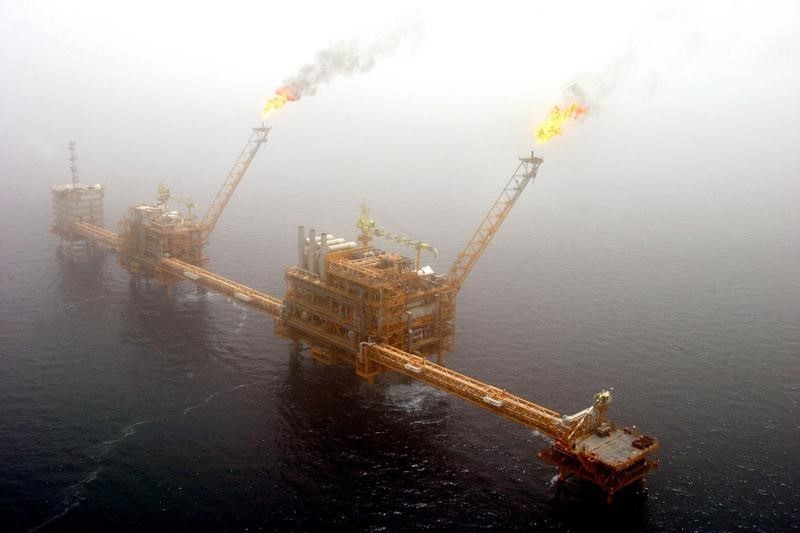Street Calls of the Week
Investing.com - Crude oil prices fell in early Asia on Thursday, carrying over a sharply negative trend overnight in the US where fresh levels of shale output continues to come to the market as a counterweight to OPEC-led curbs.
On the New York Mercantile Exchange crude futures for March delivery fell 0.19% to $61.67 a barrel, while on London's Intercontinental Exchange, Brent eased 0.18% to $65.35 a barrel.
Ahead, China reports trade balance data with a $54.10 billion surplus seen for January and exports up 9.6%, a dip from 10.9% in December, and imports expected up 9.8%, a jump from 4.5% in December.
The data will be closely watched for crude import levels.
Overnight, crude oil prices settled sharply lower after data showed US domestic oil supplies rose for the second straight week while domestic production rose further above 10 million barrels per day.
Inventories of U.S. crude fell by rose 1.895 million barrels for the week ended Feb. 2, below expectations for for a rise of 3.189 million barrels.
Gasoline inventories – one of the products that crude is refined into – rose by 3.414 million barrels, well above the expectations for a build of 459,000 barrels, while supplies of distillate – the class of fuels that includes diesel and heating oil – unexpectedly rose by 3.926 million barrels, confounding expectations for a decline of 1.419 million barrels expected.
The sharp build in product inventories such as gasoline and distillate comes amid a slowdown in refinery activity as refiners enter a period of maintenance. Subdued refinery activity lessened demand for crude oil, contributing to the recent build in inventories.
Rising US output continued to weigh on sentiment after the EIA's preliminary figures on Wednesday showed weekly U.S. production hit 10.25 million barrels a day. That level brings the US closer to world's top producers Saudi Arabia and Russia.
The ongoing uptick in US production is widely viewed as one of the biggest headwinds for oil prices as it threatens to dampen major oil producers’ efforts to rid the market of excess supplies as part of the OPEC-led production cut agreement.
